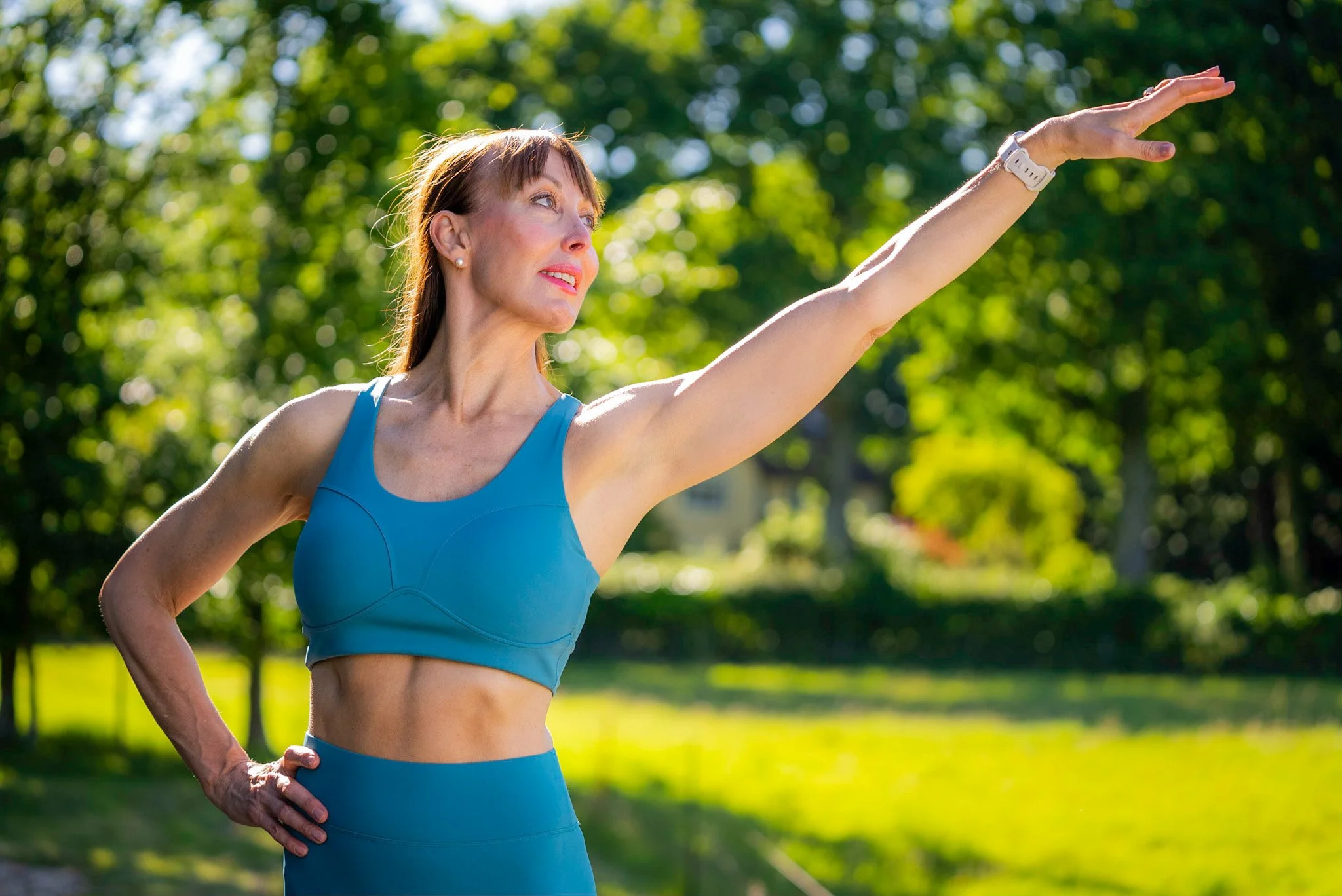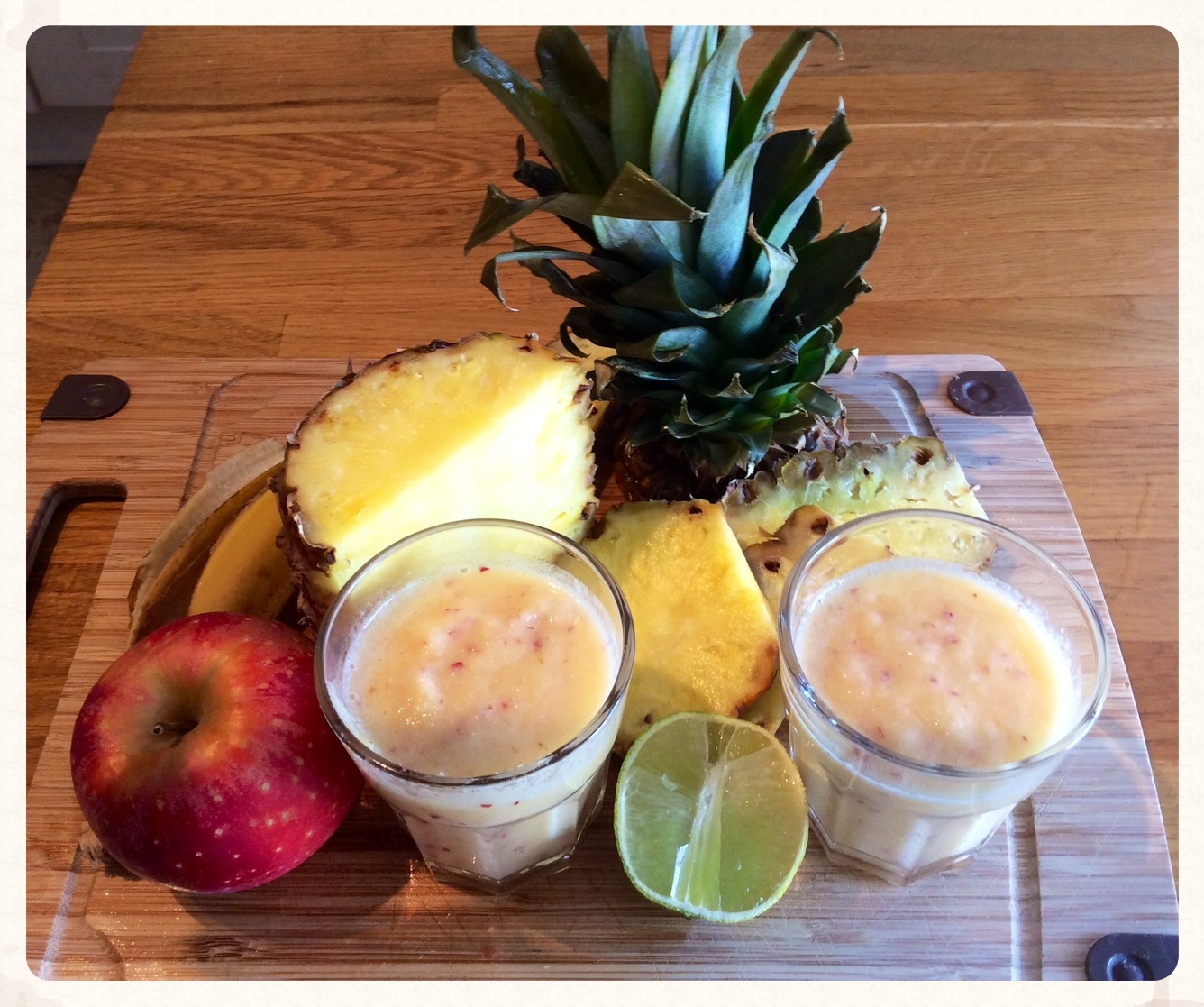Exercise Post Birth
It goes without saying that new mums want to get back to their pre baby weight as soon as possible after giving birth, and from my experience with clients this time is the most challenging for women as they struggle to come to terms with the change of lifestyle a new baby brings; lack of time and energy being the two key factors in trying to re-establish a fitness routine.
I mentioned in my Pilates and Pregnancy Blog part one that giving birth is like running a marathon, and I really encourage new mums to think this way. You have been in training for months for the event, the event has happened and however it went your body is now in recovery, and needs time to heal itself.
And this is the REALLY important bit- a methodical, slow paced approach to recovering the body through exercise will be much more sustainable and see the best results in the long term. Gentle, focused exercises are the key to getting your body back to optimum condition, feeling good and working well.
So where do you start?
What you can do is begin gentle pelvic floor exercises within 24 hours after giving birth, this will help reduce swelling and speed up the healing process. The NCT has a section on this: http://www.nct.org.uk/pregnancy/pelvic-floor-exercises-during-and-after-pregnancy and I would recommend every woman reads it as I’ve had clients follow these exercises religiously who’ve had a great recovery post birth. These exercises will also prevent problems in later life such as bladder control so worth putting the time in, and it’s something that is easy to do and can be maintained regularly, as often as you care to do it. The other thing you can do to help get back to normal is to eat healthy balanced meals with plenty of fruit and vegetables. If you want to lose weight then by all means cut down on sugary foods but do not go on any sort of diet, your body needs all the nutrients it can get. The NHS website have a section on keeping fit and healthy with a new baby: http://www.nhs.uk/Conditions/pregnancy-and-baby/Pages/keeping-fit-and-healthy.aspx
Resuming Exercise
Once you have had your post natal check with your GP at around six to eight weeks and they have said that you are safe to exercise, you can begin your Pilates again. If you have had a caesarean you will need longer so listen to your doctors or midwife’s advice, and be sure to follow it. Remember that whatever sort of birth you had, your back and your core will have weakened so take it slowly. Pilates is especially good at this time in your life as it is a precise approach to movement that strengthens your core, back and joints whilst teaching you to be aware at all times of your posture. The deep breathing is especially good at helping tired mums relax and de-stress and is a simple way to start the recovery process. Relaxine will stay in the body until you have finished breastfeeding so be aware that your ligaments and joints will be more supple than usual and take care not to overstretch or twist your body. And finally remember this quote when you’re feeling challenged by your new lifestyle and not sure you can make it to your pilates class.
‘Change happens through movement and movement heals’
Joseph Pilates
Written material copyright of Rachel Lawrence.
All Rights reserved.



















